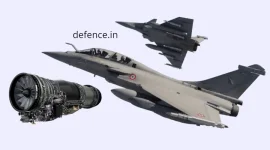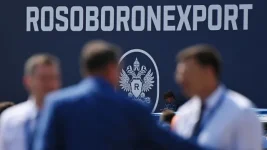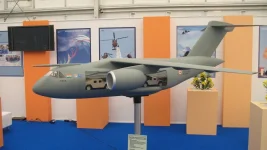- Views: 1K
- Replies: 2
The Chief of Air Staff, Air Chief Marshal Amar Preet Singh, has identified the French-made Dassault Rafale as the leading contender to quickly bolster the Indian Air Force's (IAF) fighter fleet.
Speaking at a press conference ahead of the 93rd Air Force Day, he highlighted the aircraft's successful performance in past trials and its seamless integration with existing IAF infrastructure as key advantages.
However, the Air Chief made it clear that any future purchase would be strictly conditional on the manufacturer's commitment to technology transfer under the government's ‘Make in India’ policy.
The Air Chief Marshal's preference for the Rafale is rooted in the extensive and rigorous evaluations conducted over a decade ago for the now-archived Medium Multi-Role Combat Aircraft (MMRCA) competition.
He reminded reporters that the Rafale had emerged as the most suitable aircraft for India's needs among all global competitors in those exhaustive trials.
This prior "homework," he explained, provides a strong foundation for any new acquisition, building on the valuable experience gained from the 2016 emergency purchase of 36 Rafale jets.
India's current fleet of 36 Rafales, acquired in an inter-governmental agreement worth approximately €7.8 billion, is stationed at Air Force Stations in Ambala, Haryana, and Hasimara, West Bengal.
These 4.5-generation aircraft have significantly enhanced the IAF's tactical capabilities, particularly with advanced systems like the Meteor beyond-visual-range air-to-air missiles.
ACM Singh noted that adding more Rafales would be straightforward, a process he termed "easy absorption," due to the commonality in logistics, training, and maintenance already in place.
The push for a new fighter acquisition is driven by a critical shortfall in the IAF's combat strength. The force currently operates with approximately 31 fighter squadrons, well below the sanctioned strength of 42 that is considered necessary to effectively manage potential threats on two fronts.
This gap is set to widen with the impending retirement of the last remaining squadrons of the vintage MiG-21 aircraft. ACM Singh stressed that the acquisition of 114 new multi-role fighter aircraft (MRFA) is an immediate and non-negotiable requirement to maintain credible deterrence.
While the IAF remains open to evaluating other platforms, including Russia's fifth-generation Su-57, the Rafale holds a distinct advantage in familiarity and reliability.
The Air Chief acknowledged other aircraft as options but noted that integrating a completely new type would present logistical and training challenges. In contrast, the Rafale is already proven to work with indigenous Indian systems like the Astra missile.
Other potential contenders, such as the American F/A-18 Super Hornet, Sweden's Saab Gripen, and the Eurofighter Typhoon, also face the challenge of competing against the Rafale's established operational record within the IAF.
Ultimately, the deciding factor will be the manufacturer's commitment to India's goal of strategic autonomy through the 'Atmanirbhar Bharat' (Self-Reliant India) initiative.
Air Chief Marshal Singh was emphatic that the contract would be awarded to the company offering the most comprehensive ‘Make in India’ proposal. This demand goes beyond simple assembly in India; the IAF is seeking a genuine transfer of technology and design rights.
"Whichever design house is ready to come up with the proposal to make in India, to give us technology, give us more freedom, I think that design house should be chosen," he asserted.
Such a move is expected to energise India's domestic defence industry, create thousands of skilled jobs, and foster long-term self-reliance in critical military technology.




